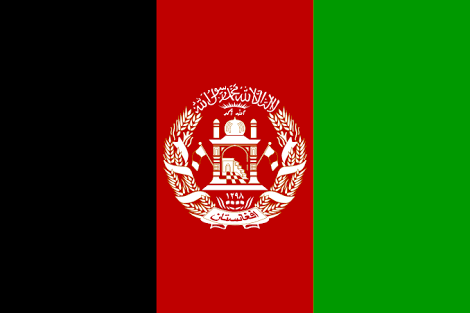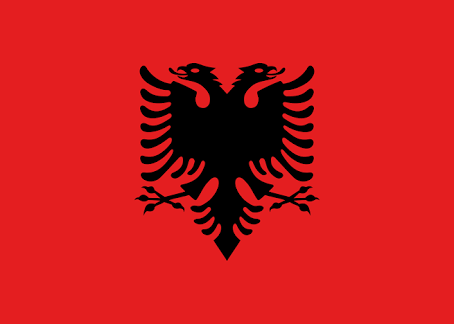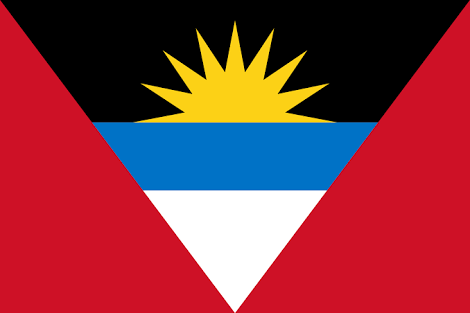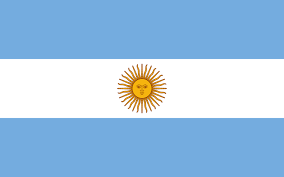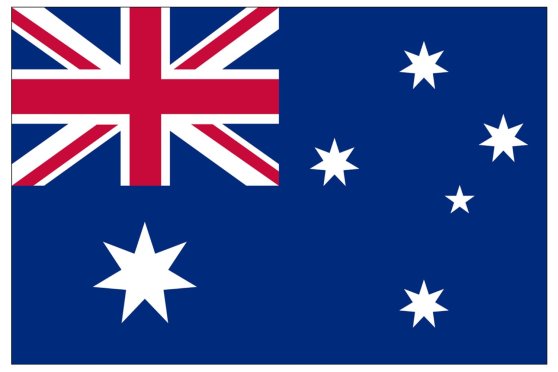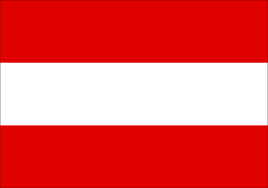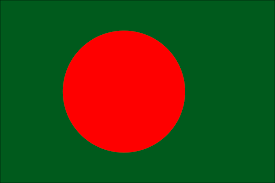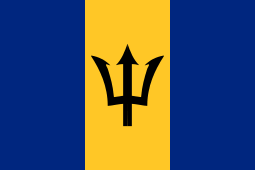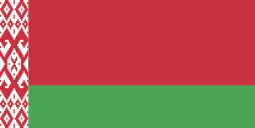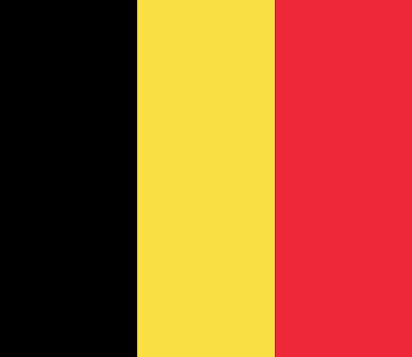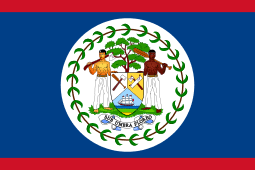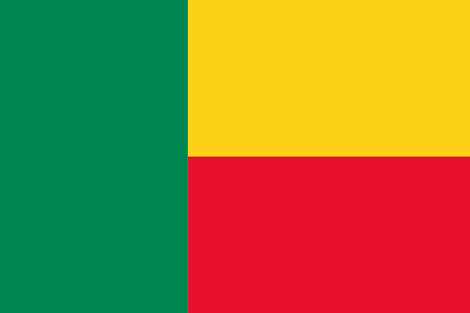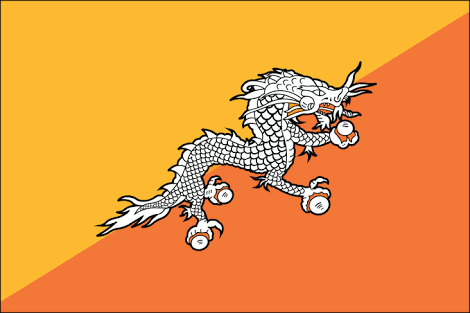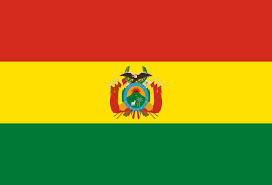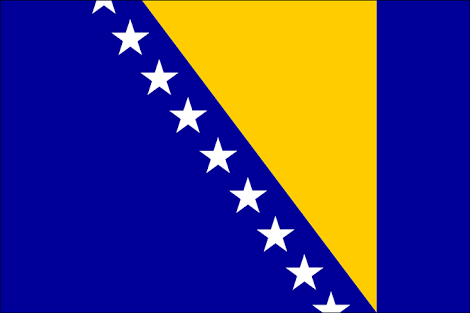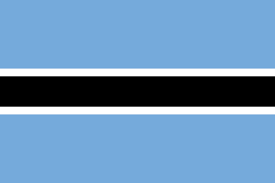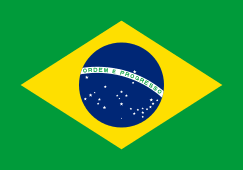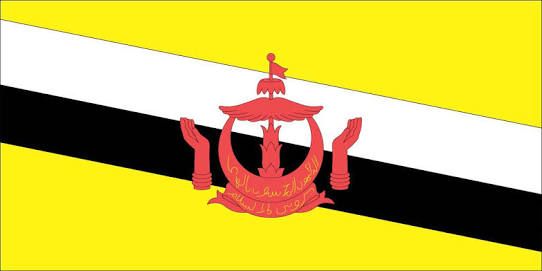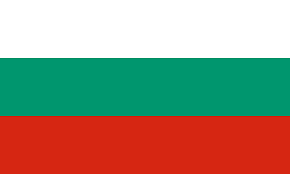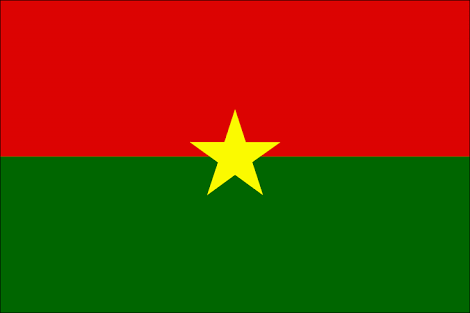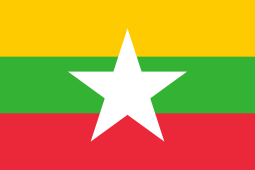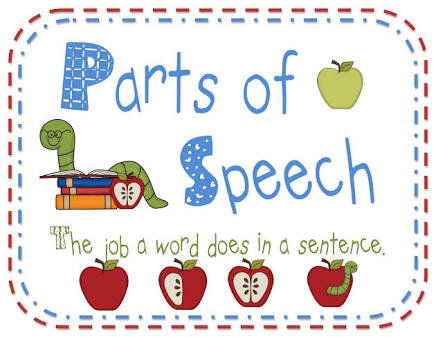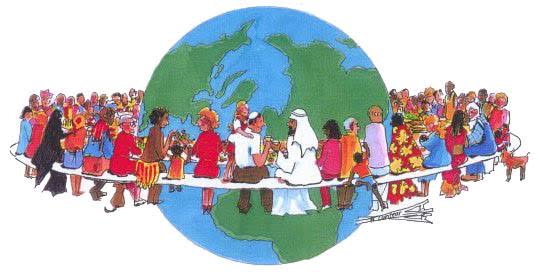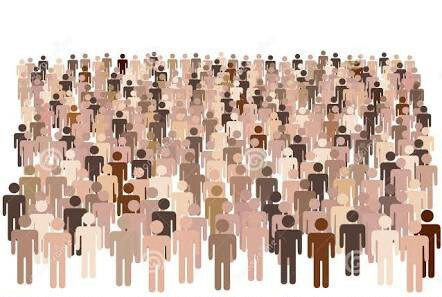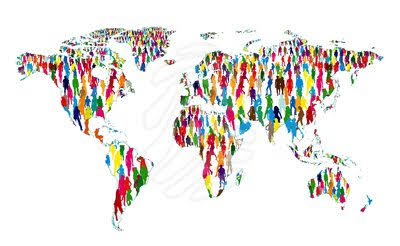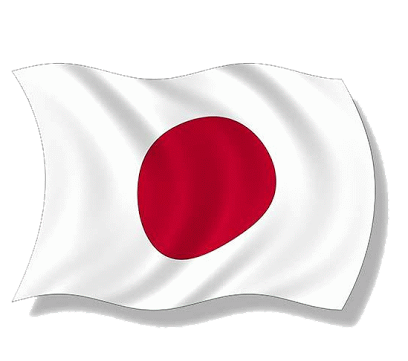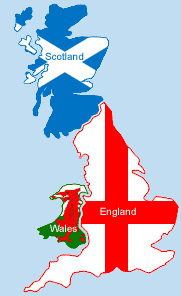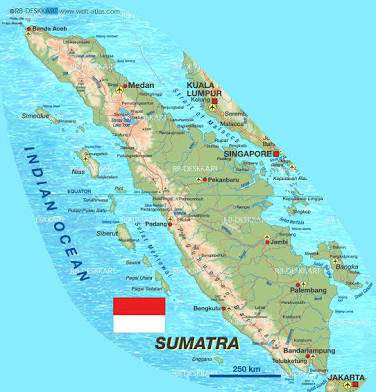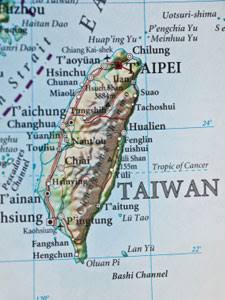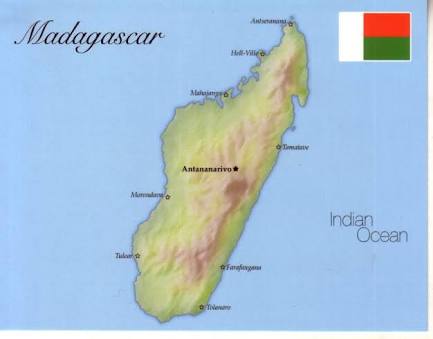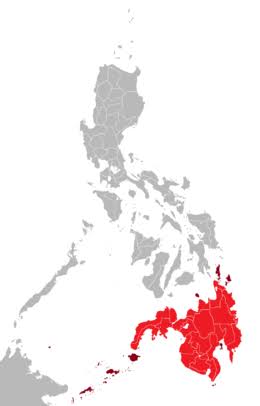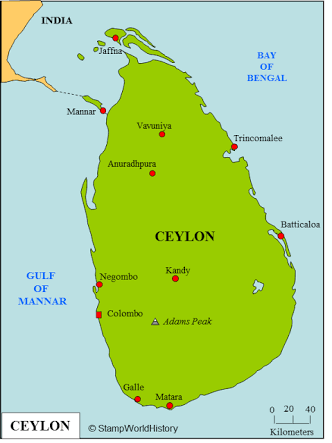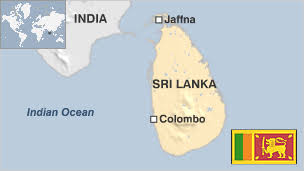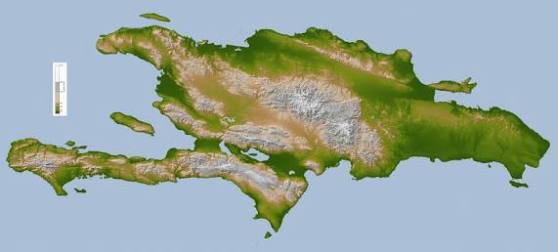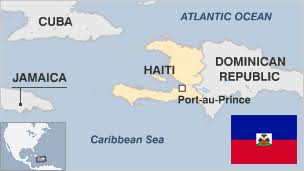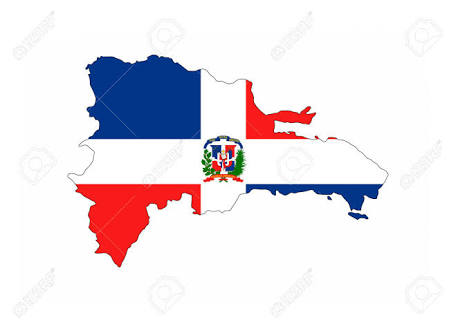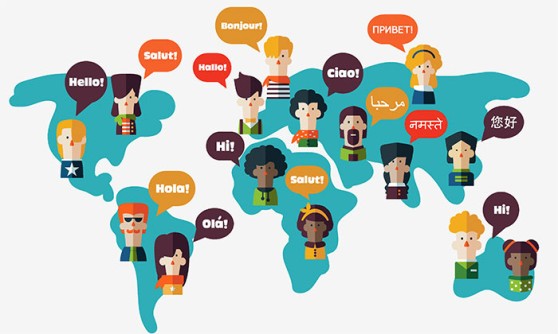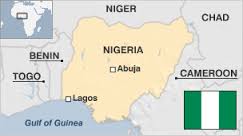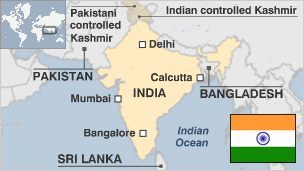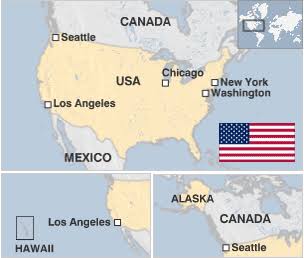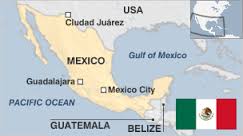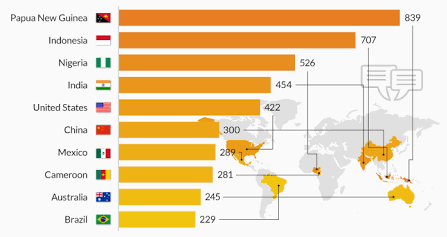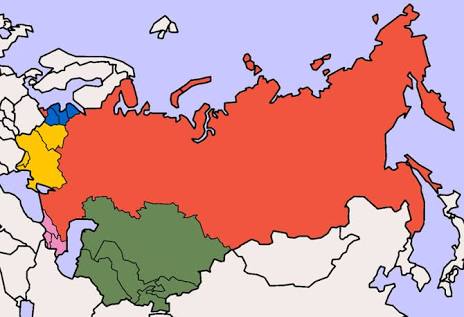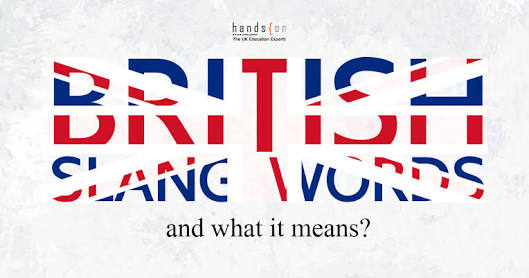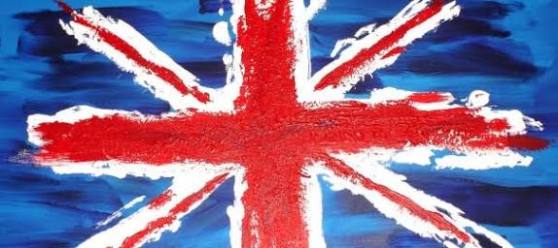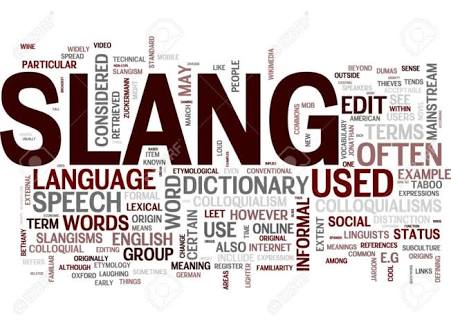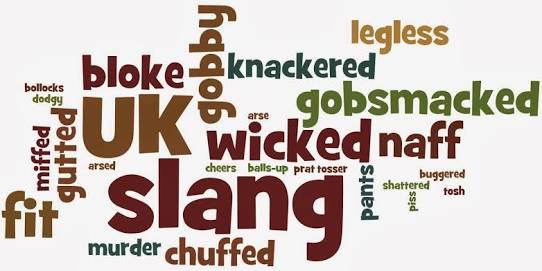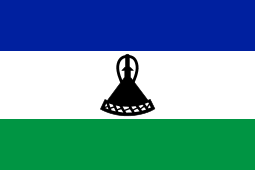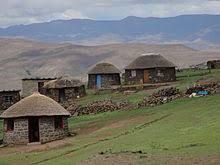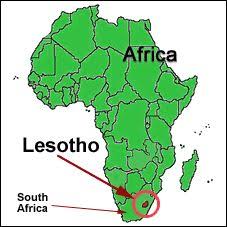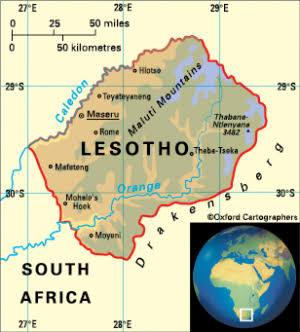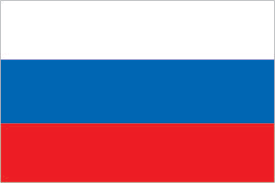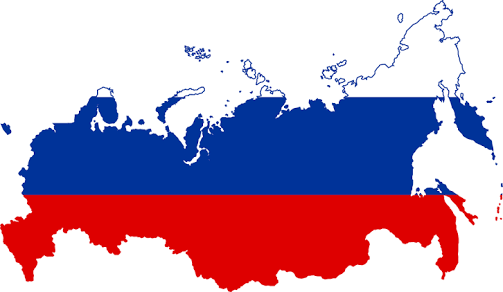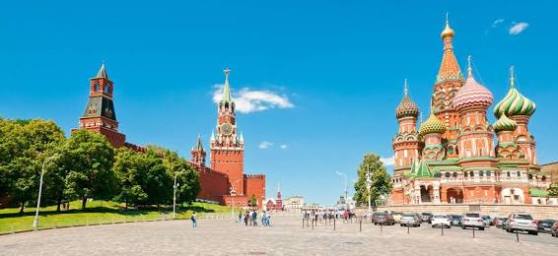GAZETTEER OF NATIONS
Listed below are the principal countries and territories of the world. The area figures give the total area of land, inland water, and ice. The population figures are 2005 estimates where available or you can see on Wikipedia to get the current data. The annual income is the Gross Domestic Product (GDP) per capita in US dollars. GDP has been measured by purchasing power parity method, this enable comparisons to be made between countries through their purchasing power (in US dollars), showing real price level of goods and services rather than using currency exchange rates. The figures are the latest available, usually 2005 estimates, but I’ve seen on Wikipedia that the current data is also quite same, not so different.
A-B
Afghanistan
- Area : 652.090 km square
- Population : 29.929.000
- Capital : Kabul
- Government : Transitional
- Annual income: US$800
- Currency : Afghani = 100 puls
Albania
- Area : 29.748 km square
- Population : 3.53.000
- Capital : Tirana
- Government : Multiparty Republic
- Annual income: US$4.900
- Currency : Lek = 100 qindars
Algeria
- Area : 2.381.741 km square
- Population : 32.532.000
- Capital : Algiers
- Government : Socialist Republic
- Annual income: US$7.300
- Currency : Algerian dinar = 100 centimes
Andorra
- Area : 468 km square
- Population : 71.000
- Capital : Andorra La Vella
- Government : Parliamentary Co-Princedom
- Annual income: US$26.800
- Currency : Euro = 100 cents
Angola
- Area : ±1.746.700 km square
- Population : 11.191.000
- Capital : Luanda
- Government : Multiparty republic
- Annual income: US$2.500
- Currency : Kwanza = 100 Iwei
Antigua & Barbuda
- Area : ±442 km square
- Population : ±69.000
- Capital : St. John’s
- Government : Constitutional monarchy
- Annual income: US$11.000
- Currency : East Caribbean Dollar = 100 cents
Argentina
- Area : ±2.780.400 km square
- Population : ±39.538.000
- Capital : Buenos Aires
- Government : Federal republic
- Annual income: US$13.600
- Currency : Argentine peso = 10,000 australs
Armenia
- Area : ±29,800 km square
- Population : ±2,983,000
- Capital : Yerevan
- Government : Multiparty republic
- Annual income: US$5,100
- Currency : Dram = 100 couma
Australia
- Area : ±7,741,220 sq km
- Population : ±20,090,000
- Capital : Canberra
- Government : Federal constitutional monarchy
- Annual income: US$32,000
- Currency : Australian dollar = 100 cents
Austria
- Area : ±83,859 sq km
- Population : ±8,185,000
- Capital : Vienna
- Government : Federal republic
- Annual income: US$32,900
- Currency : Euro = 100 cents
Azerbaijan
- Area : ±86,600 sq km
- Population : ±7,912,000
- Capital : Baku
- Government : Federal multiparty republic
- Annual income: US$4,600
- Currency : Azerbaijan manat = 100 gopik
Bahamas
- Area : ±13,878 sq km
- Population : ±302,000
- Capital : Nassau
- Government : Constitutional parliamentary democracy
- Annual income: US$18,800
- Currency : Bahamian dollar = 100 cents
Bahrain
- Area : ±694 sq km
- Population : ±688,000
- Capital : Manama
- Government : Monarchy (emirate) with a cabinet appointed by the Emir
- Annual income: US$20,500
- Currency : Bahrain dinar = 1000 fils
Bangladesh
- Area : ±143,988 sq km
- Population : ±144,320,000
- Capital : Dhaka
- Government : Multiparty republic
- Annual income: US$2.100
- Currency : Taka = 100 paisas
Barbados
- Area : ±430 sq km
- Population : ±279,000
- Capital : Bridgetown
- Government : Parliamentary democracy
- Annual income: US$17,300
- Currency : Barbados dollar = 100 cents
Belarus
- Area : ±207,600 sq km
- Population : ±10,300,000
- Capital : Minsk
- Government : Multiparty republic
- Annual income: US$7,600
- Currency : Belarusian rouble = 100 kopecks
Belgium
- Area : ±30,528 sq km
- Population : ±10,364,000
- Capital : Brussels
- Government : Federal constitutional monarchy
- Annual income: US$31,800
- Currency : Euro = 100 cents
Belize
- Area : ±22,966 sq km
- Population : ±279,000
- Capital : Belmopan
- Government : Constitutional monarchy
- Annual income: US$6,800
- Currency : Belizean dollar = 100 cents
Benin
- Area : ±112,622 sq km
- Population : ±7,460,000
- Capital : Porto-Novo
- Government : Multiparty republic
- Annual income: US$1,200
- Currency : CFA Franc = 100 centimes
Bhutan
- Area : ±47,000 sq km
- Population : ±2,232,000
- Capital : Thimphu
- Government : Constitutional monarchy
- Annual income: US$1,400
- Currency : Ngultrum = 100 chetrum
Bolivia
- Area : ±1,098,581 sq km
- Population : ±8,858,000
- Capital : La Paz (seat of government), Sucre (legal capital/seat of judiciary)
- Government : Multiparty republic
- Annual income: US$2,700
- Currency : Boliviano = 100 centavos
Bosnia-Herzegovina
- Area : ±51,197 sq km
- Population : ±4,025,000
- Capital : Sarajevo
- Government : Federal republic
- Annual income: US$6,800
- Currency : Convertible marka = 100 convertible pfenniga
Botswana
- Area : ±581,730 sq km
- Population : ±1,640,000
- Capital : Gaborone
- Government : Multiparty republic
- Annual income: US$10,100
- Currency : Pula = 100 thebe
Brazil
- Area : ±8,514,215 sq km
- Population : ±186,113,000
- Capital : Brasilia
- Government : Federal republic
- Annual income: US$8,500
- Currency : Real = 100 centavos
Brunei Darussalam
- Area : ±5,765 sq km
- Population : ±372,000
- Capital : Bandar Seri Begawan
- Government : Constitutional sultanate
- Annual income: US$23,600
- Currency : Bruneian dollar = 100 cents
Bulgaria
- Area : ±110,912 sq km
- Population : ±7,450,000
- Capital : Sofia
- Government : Multiparty republic
- Annual income: US$9,000
- Currency : Lev = 100 stotinki
Burkina Faso
- Area : ±274,200 sq km
- Population : ±13,925,000
- Capital : Ouagadougou
- Government : Multiparty republic
- Annual income: US$1,200
- Currency : CFA franc = 100 centimes
Burma (Myanmar)
- Area : ±676,578 sq km
- Population : ±42,909,000
- Capital : Naypyidaw
- Government : Unitary parliamentary constitutional republic
- Annual income: US$1,800
- Currency : Kyat = 100 pyas
Burundi
- Area : ±27,834 sq km
- Population : ±6,371,000
- Capital : Bujumbura
- Government : Republic
- Annual income: US$800
- Currency : Burundi franc = 100 centimes

